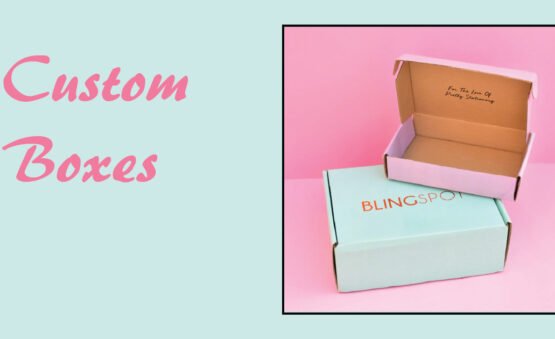How to Measure the Dimensions of a Box Correctly?
Top considerations for measuring the dimensions of a box
- The Three Dimensions of a Box
- The Importance of Internal Dimensions
- The Issue of External Dimensions
- Calculating the Volume of a Box
Measuring a box appears to be a simple task! However, for custom packaging, these dimensions are critical to the safety of your product!
Box dimensions are an important aspect of any package because they impact what materials are required, the cost of production, as well as shipping and warehousing costs. Accurately measuring a box for a custom packaging project is more difficult than it appears at first glance. Here we outline the most important considerations as well as a step-by-step guide for measuring the dimensions of your box.
The Three Dimensions of a Box
Understanding how to accurately measure a box’s dimensions is the first step in creating the perfect packaging. While this may appear to be elementary mathematics, measuring your dimensions with care necessitates some thought.
So, what dimensions are required?
Boxes are measured along three main dimensions: length, width, and depth.
To begin, measure the following dimensions from the box’s top opening:
Length: The longest side of the box when viewed from the top.
Width: The shorter side of the box when viewed from the top.
Depth (Height): The perpendicular side to the length and width.
The depth of a tall or upward-facing box is the largest dimension, while the length and width are smaller.
While square boxes should have equal sides in theory, this is less likely to be the case in packaging. So, make sure you accurately measure each dimension to ensure your packaging is up to par for your products!
The depth and width of long boxes, as shown below, will be much smaller in comparison to the length. The type of box you select will be determined by the shape and size of your product. However, regardless of the type of box, the measurements required for production will be determined by the length, width, and depth.
The Importance of Internal Dimensions
Internal measurements are the industry standard for box dimensions.
The distinction between internal and external dimensions is critical for obtaining packaging that perfectly fits your products.
- Internal dimensions are much more precise, benefiting both the manufacturer and your product!
- Most manufacturers, and rightly so, are very specific about the size of dimensions both internal and external.
- After all, no one wants their products to be harmed due to inaccurate measurements.
- While measuring the external dimensions of a box may seem more natural and easier, the internal dimensions are what really matter for your custom packaging project. This ensures that your product will fit inside the box, and you can tailor the measurements to ensure that your product will fit.
- is risk-free.
Leaving little room for movement inside the box ensures the safety of your products during shipping and handling and allows your company to consistently provide high-quality products.
The Issues of External Dimensions
If a box is measured by its external dimensions, it may be problematic because external dimensions do not account for a box’s thickness, which may result in packaging that does not quite fit. This could potentially harm specific products that require a snug fit in their packaging. This is why calculating the measurement of a box based on its internal dimensions eliminates any doubt.
This is especially important in the case of corrugated boxes.
Corrugated boxes have a fluted texture weaved between two paperboards, which makes the material thick and adds a couple of millimeters to any measurement taken from the box’s outer lining.
As a result, the internal dimensions will provide more precise measurements, making it easier to determine the box size required to package your products.
Calculating the Volume of a box
- The volume will make it easier to determine your shipping, warehousing, and distribution processes.
- It will also assist you in determining how well your product will fit into your desired packaging.
- The volume of your packaging is critical in terms of material and cost optimization, as well as structural engineering!
So, be sure not to skip over this step!
Now that you have your basic dimensions, you can easily calculate the volume of your box.
To calculate the volume, simply multiply the three dimensions.
Length x Width x Depth = Volume
Note: This measurement will be in cm cubed. Visit Claws Custom Boxes to speak with a packaging expert about your custom packaging project and how it can benefit you and your company!




